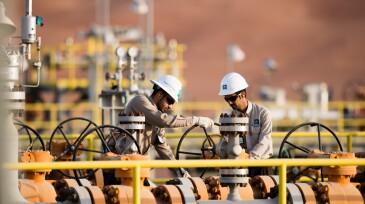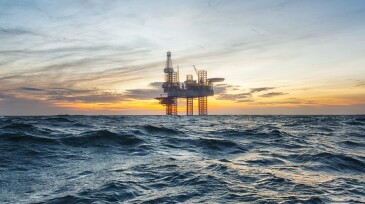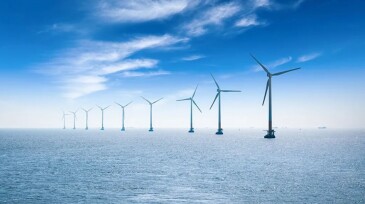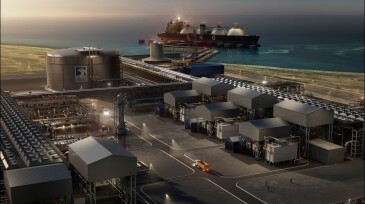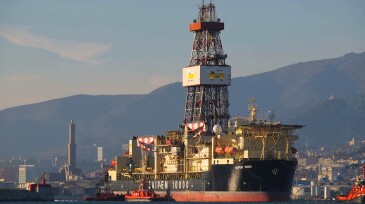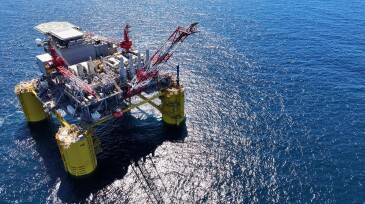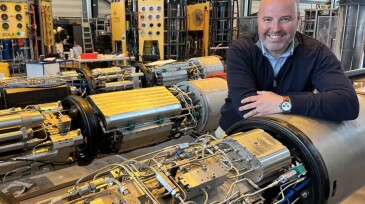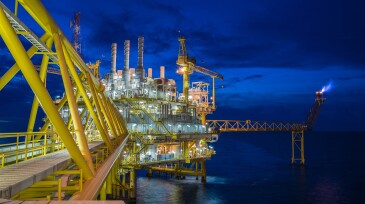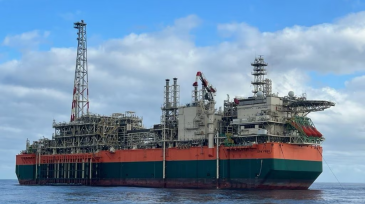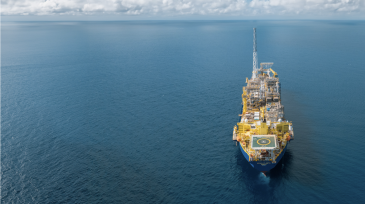Onshore/Offshore Facilities
Vår Energi ASA and partners have officially sanctioned the Previously Produced Fields Project in the Greater Ekofisk Area. The redevelopment is expected to add high-value barrels starting in 2028, extending the production life of one of Norway’s key offshore regions.
Sponsored
As HPHT wells push equipment to the edge of material limits, operators are turning to advanced thermoplastics and sealed electrical assemblies to maintain system integrity. From ESP insulation to BOP control systems, the right component design can prevent failures, lower intervention costs, and extend equipment life in the harshest offshore environments.
The new development is estimated to hold 46 million bbl of recoverable oil and is planned to start up in late 2028.
-
Aramco expects to complete Phase 1 construction of the 9-mtpa facility in 2027.
-
Delayed decommissioning has been a theme on the UK Continental Shelf thanks to legal, regulatory, and technical hurdles, the report says.
-
The Interior Department has now approved more than 19 GW of offshore wind energy.
-
Ruwais is slated to be the first net-zero LNG facility in the Middle East and North Africa.
-
The new wells at Zohr are key to a plan to return Egypt’s gas production back to “pre-crisis” levels by June 2025.
-
At peak, 100,000 BOE/D is expected to flow to the Whale production semisumbersible, which largely replicates the Vito semi.
-
The acquisition, expected to close in early 2025, will bring Optime Subsea’s umbilical-less technology into Halliburton’s Testing and Subsea division.
-
As Southeast Asia’s third-largest gas producer, PTTEP is investing in its energy security by prioritizing gas production and building up a global LNG supply chain.
-
After overcoming the challenges of a new offshore frontier, BP has begun first gas flow at its ultradeep project offshore Mauritania and Senegal.
-
The first two wells at Brava Energia’s Atlanta field are producing, with four more to be connected this year.




